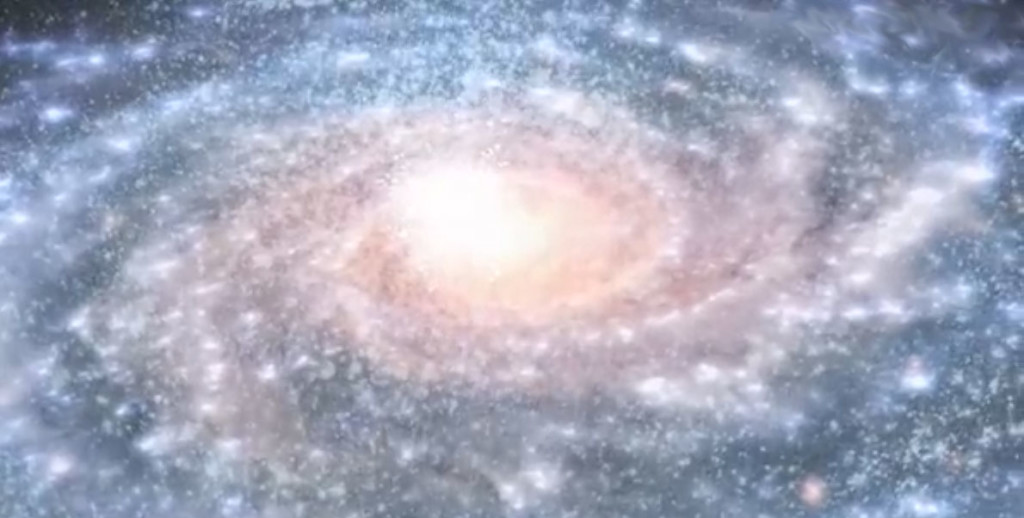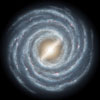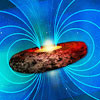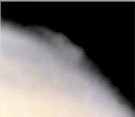Earth’s Address Within Massive Supercluster of 100,000 Galaxies
Astronomers have mapped the Milky Way’s position to the outskirts of a supercluster of galaxies, newly dubbed Laniakea, meaning “Immense Heaven”.
The distribution of galaxies throughout the universe is not more-or-less even; instead, galaxies tend to cluster together, bound together by the pull of each other’s gravity. These groups can be a variety of sizes. The Milky Way Galaxy, for instance, is part of what is called the Local Group, which contains upwards of 54 galaxies, covering a diameter of 10 megalight-years (10 million light-years).
But this Local Group is just a small part of a much, much bigger structure, which researchers at the University of Hawai’i Mānoa have now mapped in detail. Coming in at over 100,000 galaxies, the massive supercluster has been given the name Laniakea — “immense heaven” in Hawaiian.
The new 3D map was created by examining the positions and movements of the 8000 closest galaxies to the Milky Way. After calculating which galaxies were being pulled away from us and which were being pulled towards us — accounting for the universe’s expansion — the team, led by astronomer R. Brent Tully, was able to map the paths of galactic migration — and define the boundaries of Laniakea.
Traditionally, the borders of galactic superclusters have been difficult to map, but studying the gravitational force acting on our neighbouring galaxies has provided some important clues. All objects inside Laniakea are being slowly but surely drawn to a single point — a force known as the Great Attractor, a gravitational anomaly with a mass tens of thousands of times the mass of the Milky Way.
“We probably need to measure to another factor of three in distance to explain our local motion,” Tully said. “We might find that we have to come up with another name for something larger than we’re a part of — we’re entertaining that as a real possibility.”
The full paper, “The Laniakea supercluster of galaxies”, can be read online in the journal Nature.
Posted in Science For The New Agewith comments disabled.







